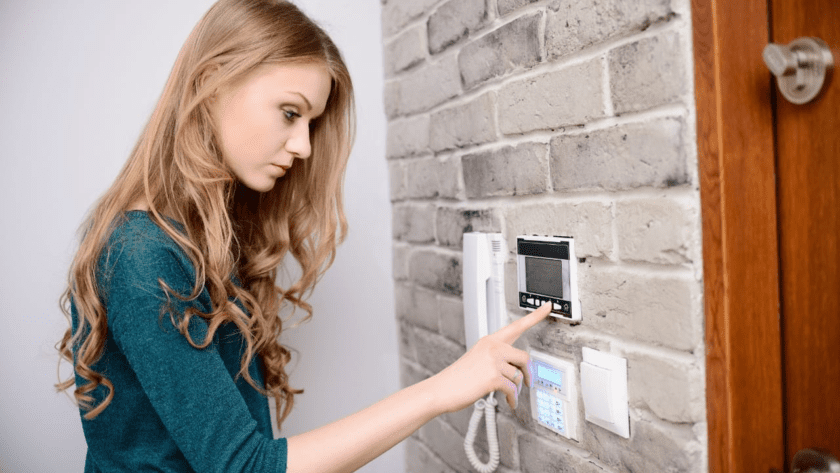Your air conditioner’s one of those things you never seem to notice until there’s a problem. And when there is a problem, you can’t help but notice it. For instance, common AC problems include loud noises, strange smells, and the fan blowing hot air when it’s 100 degrees outside.
Fortunately, you can prevent these unbearable issues by keeping up with proper AC maintenance. And we’re going to teach you how to do it with this AC maintenance checklist.
First, we cover the main DIY maintenance steps you need to take. Then, we teach you how often you need to schedule professional AC maintenance. Learn all you need to know about maintaining your AC with this step-by-step guide. If during these steps, you find an issue with your AC system, it may be best to leave the repairs to an experienced HVAC technician. To find one, simply Google “air conditioning repair in Chesapeake, VA” or whichever area you live in. Now check some reviews and a service that meets your needs.
DIY AC Maintenance Steps
Before you call in the professionals, make sure you’re doing your part. Here are some DIY AC maintenance steps you must do regularly.
1. Checking and Changing Air Filters
The air filter in the indoor air conditioning unit catches dust and other contaminants as air passes through it. This happens any time the fan is running.
After a while, the filter becomes full to capacity. That is, it traps all the contaminants it can possibly hold and has no room to trap any more. Not only that, but the full filter blocks the air from passing through, too.
This puts strain on the whole system and lowers its efficiency. And, it leads to a number of problems that will require professional repair.
To prevent these problems, your air filter must be changed at least every three months. When you replace it, write the date on the new filter in case you forget.
During months of heavy use, you may need to change it even more often. Check it every 3-4 weeks in summer and change it when it looks very dirty.
2. Cleaning the Return Vents
While the supply vents supply your home with cooled air, the return vents suck the warm indoor air out. These vents are located in inconspicuous areas, usually the ceiling, so you don’t often notice them. Thus, you may not notice when they become cloged with dust.
So, as often as you change your air filter, check the return vents for dust. Then, use a broom, duster, or cloth to sweep away the dust.
3. Checking and Sealing Air Leaks
A lot of the energy you spend cooling your home can go right out the window, literally. On average, about 25-40% of this energy is wasted as conditioned air escapes through poorly sealed windows and air ducts.
You can check the windows and doors yourself. Feel around the edges for drafts or warm air.
As for leaky ducts, take note of any rooms that always seem to be warm in summer. It may be that the room is poorly insulated or that the supply vent is closed.
But, if the vent is open and you feel little to no cool air, a leaky duct could be the cause. In this case, call a professional to check the ducts and reseal them if necessary.
4. Perform a System Test
At the start of every spring, test all the functions of your AC system. To start, turn the heat/cool setting to “off.”
Then, turn the fan from “auto” to “on.” this should run the fan without any hot or cold air. Turn the fan back to “auto” and it should shut off.
Now, check that the temperature sensor is working correctly. Set a room thermometer next to the thermostat for about 30 minutes.
When the 30 minutes are up, make sure the thermostat and the thermometer are both showing the same temperature. If they aren’t you might need your thermostat repaired or replaced.
Next, set the thermostat to cool and set the target temperature lower than the temperature in the room. The cold air should come on. Raise the target temperature above room temperature and the AC should shut off.
Lastly, check the clock and any programmable settings.
When to Schedule Professional AC Maintenance
DIY AC maintenance does not negate the need for professional maintenance. Professionals can find problems you can’t detect and fix problems that are beyond your repair skills.
Besides that, professional maintenance boosts the efficiency and the lifespan of your AC system. Here are the steps you need to know for getting your system professionally serviced.
5. Schedule AC Maintenance Before You Need It
It’s not wise to simply assume your AC is working right up until the day you need it. What if you turn it on and nothing happens? You’ll then have to rush and get emergency AC repair.
It’s better to have your AC serviced at the beginning of every spring, before you need it.
6. Replacing Your Old AC
If your AC is over 10 years old, you should probably replace it. Most systems only last up to 15 years if they’re very well maintained.
Besides, AC systems lose efficiency as they age. Even with the proper maintenance, it still costs more energy to run a 10-year-old AC than a new one.
7. Emergency AC Repair
This should go without saying, but if your system stops working completely or displays extreme problems, you need an emergency repair. You can’t afford to wait for a typical appointment because overheating in your home is very dangerous to your health. View here for more information about emergency AC repair.
Remember This AC Maintenance Checklist
If you want your AC to last, don’t neglect these important tips. Follow the steps on this AC maintenance checklist to prevent problems and keep your AC running smooth.
Next, we can teach you how to recover from serious water damage and what to consider when choosing a tile cleaning service. Find these and other useful tips by clicking the Household tab in the menu bar.




